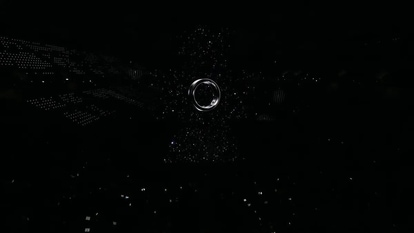NASA Astronomy Picture of the Day 11 April 2023: Polaris, the star pointing towards true North
Today’s NASA Astronomy Picture of the Day is a snapshot of Polaris, the star which always points towards the true North, and the dust that surrounds it.
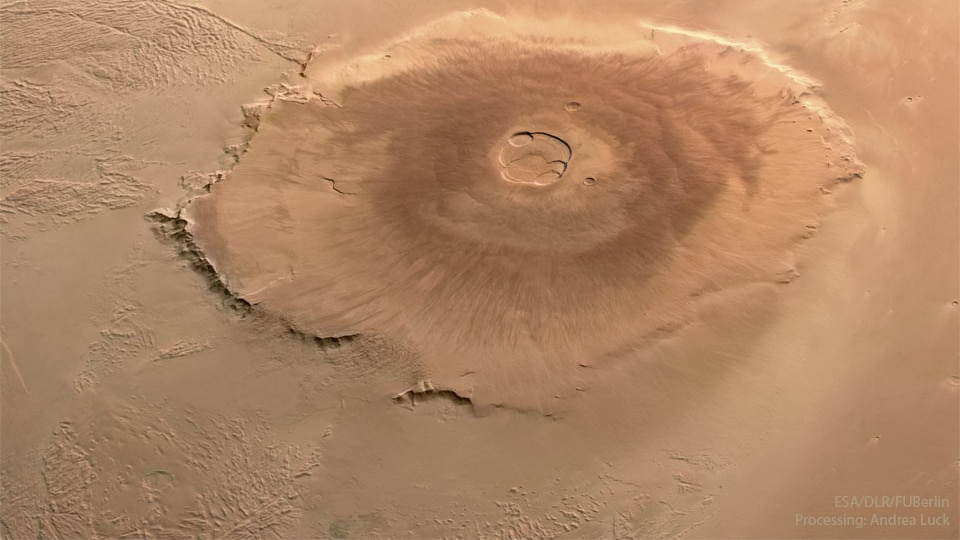
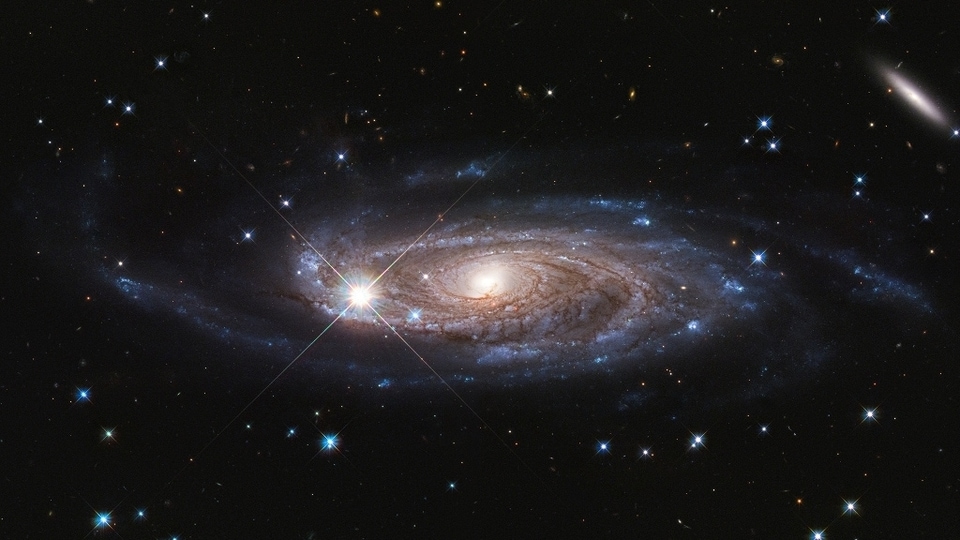

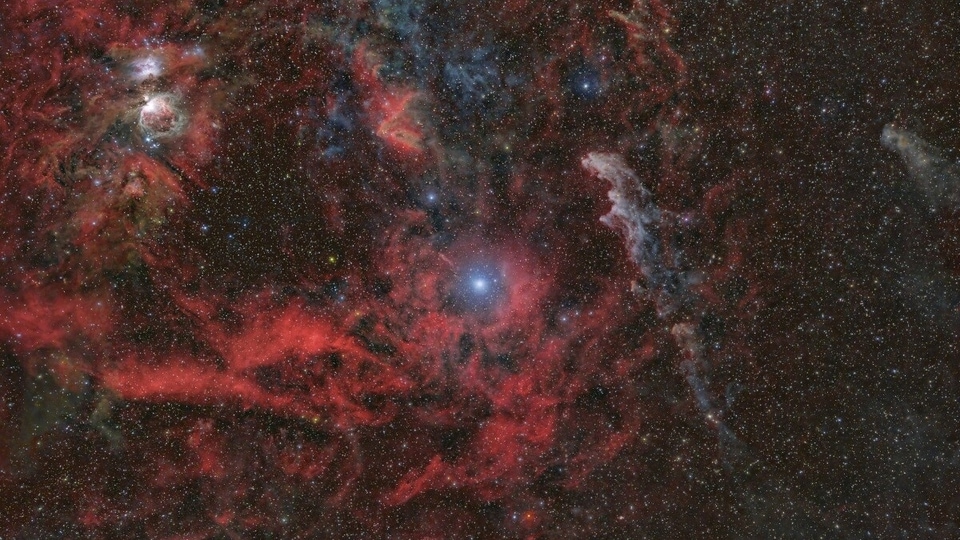
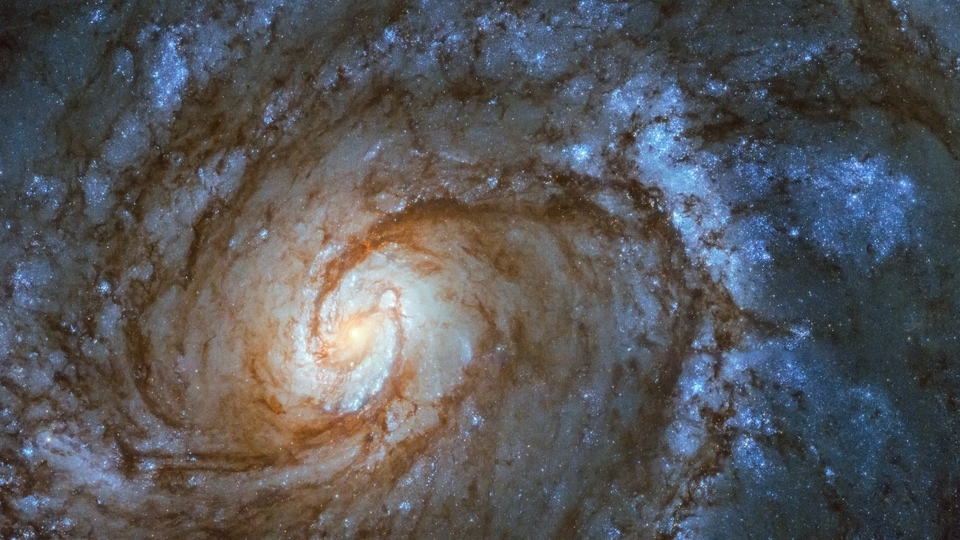
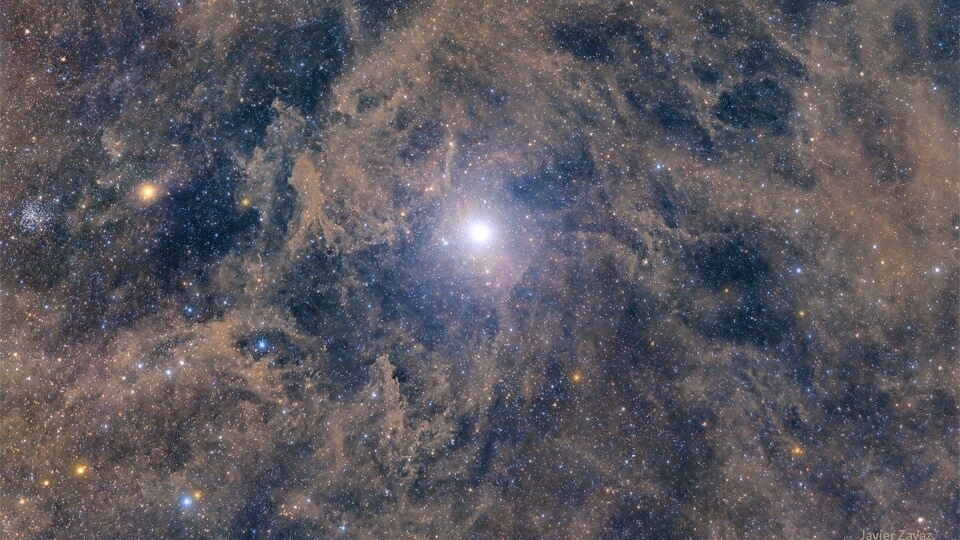
 View all Images
View all ImagesAccording to studies conducted, as many as 200 billion trillion stars illuminate our universe. Our Milky Way Galaxy has at least 100 billion stars alone, and there are over 100 billion galaxies in the universe. Although stars are easily visible in the night sky even with the naked eye due to rising light pollution, one of the most easily visible stars is Polaris, also known as the North Star. According to NASA, it sits above Earth's north pole along the planet's rotational axis.
Today's NASA Astronomy Picture of the Day is a snapshot of Polaris and the dust that surrounds it. Although there are 200 billion trillion stars in the sky, Polaris is particularly special because it can help orient yourself as it is located in the direction of the true north. It is also known as the North Star or Pole Star and is present in the constellation of Ursa Minor.
The picture was captured by astrophotographer Javier Zayaz.
How to spot the North Star?
On a clear night, locating the North Star shouldn't be too difficult. Find the Big Dipper and the two stars on the end of the Dipper's "cup" point the way to Polaris, which is the tip of the handle of the Little Dipper, or the tail of the little bear in the constellation Ursa Minor. As per NASA, once you're facing Polaris, you know you're facing north, which can help you orient yourself any evening you're out stargazing.
NASA's description of the picture
Why is Polaris called the North Star? First, Polaris is the nearest bright star toward the north spin axis of the Earth. Therefore, as the Earth turns, stars appear to revolve around Polaris, but Polaris itself always stays in the same northerly direction -- making it the North Star. Since no bright star is near the south spin axis of the Earth, there is currently no bright South Star. Thousands of years ago, Earth's spin axis pointed in a slightly different direction so that Vega was the North Star.
Although Polaris is not the brightest star on the sky, it is easily located because it is nearly aligned with two stars in the cup of the Big Dipper. Polaris is near the center of the eight-degree wide featured image, a digital composite of hundreds of exposures that brings out faint gas and dust of the Integrated Flux Nebula (IFN) all over the frame as well as the globular star cluster NGC 188 on the far left. The surface of Cepheid Polaris slowly pulsates, causing the famous star to change its brightness by a few percent over the course of a few days.
Catch all the Latest Tech News, Mobile News, Laptop News, Gaming news, Wearables News , How To News, also keep up with us on Whatsapp channel,Twitter, Facebook, Google News, and Instagram. For our latest videos, subscribe to our YouTube channel.






























